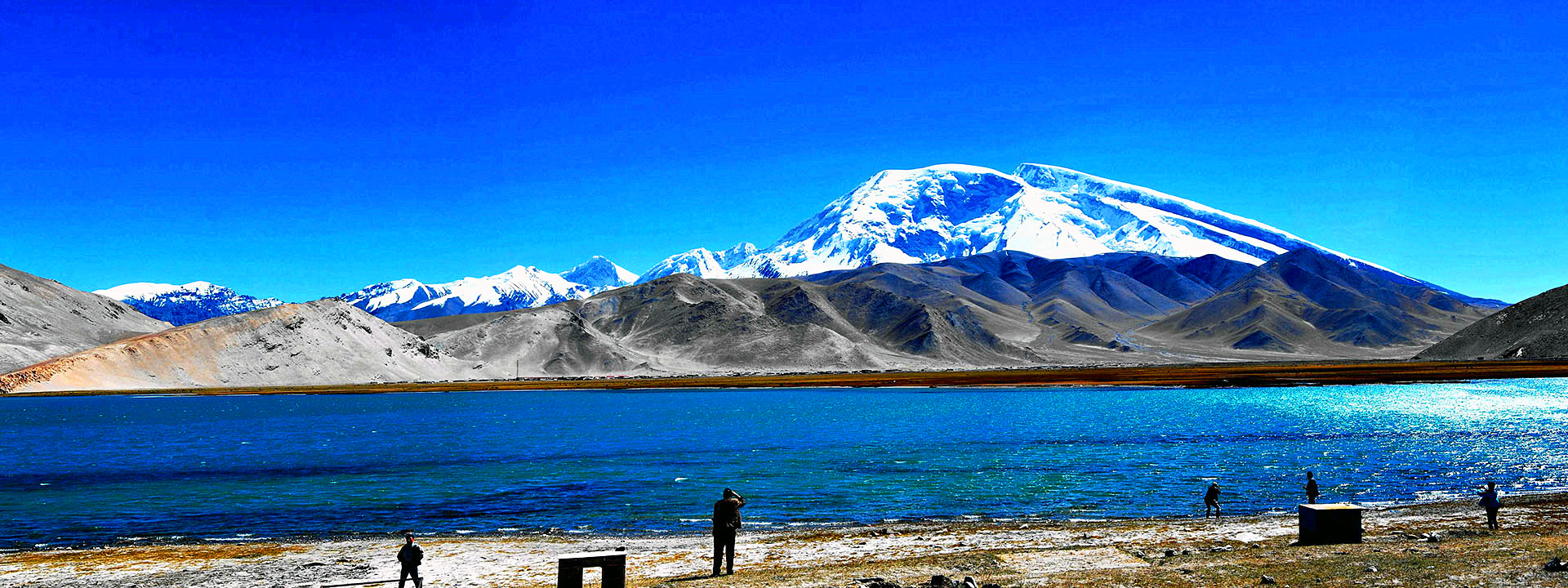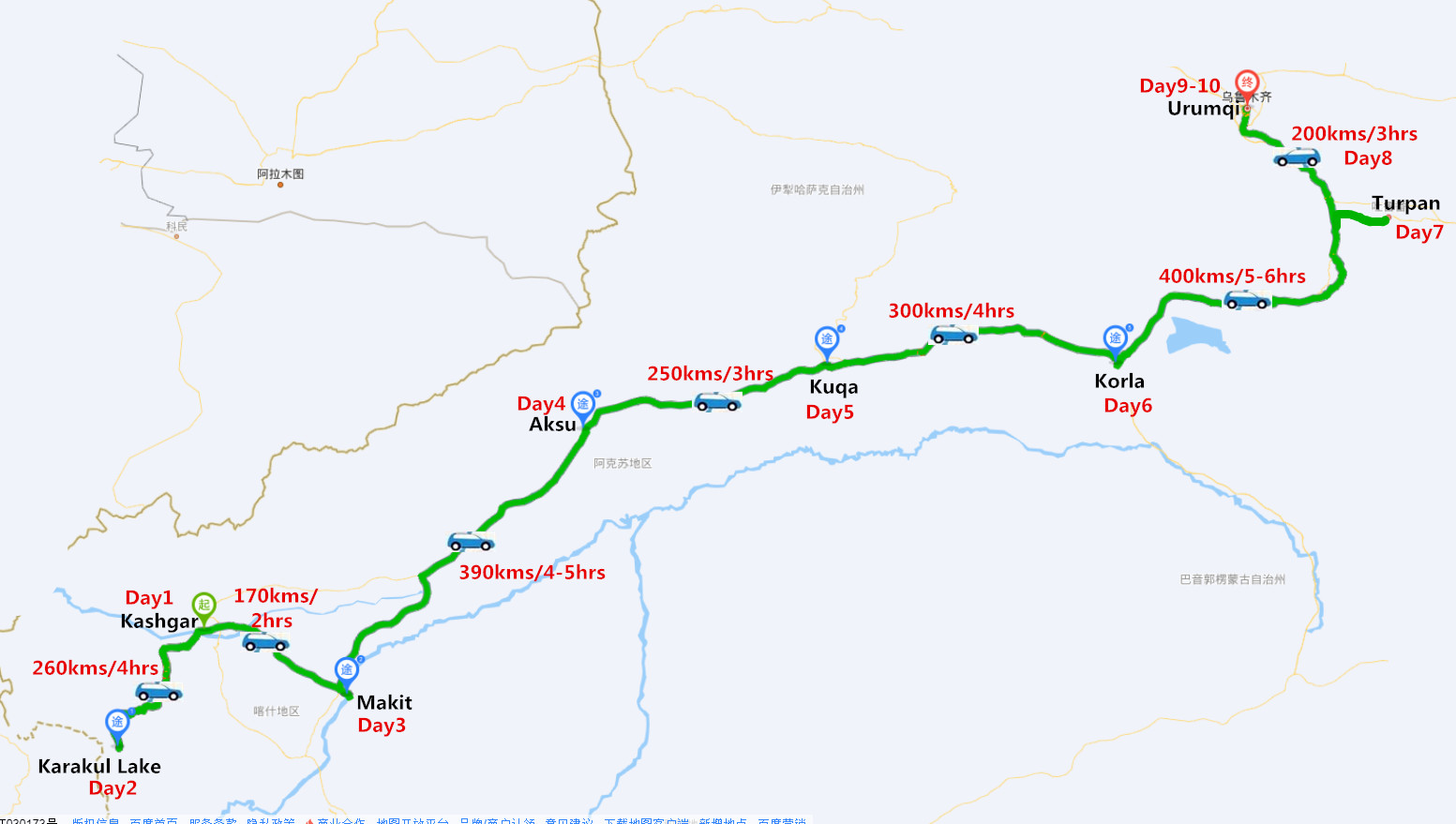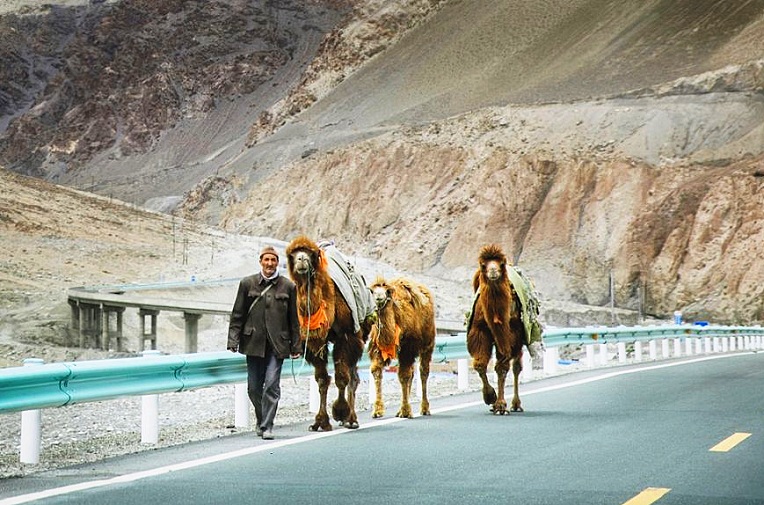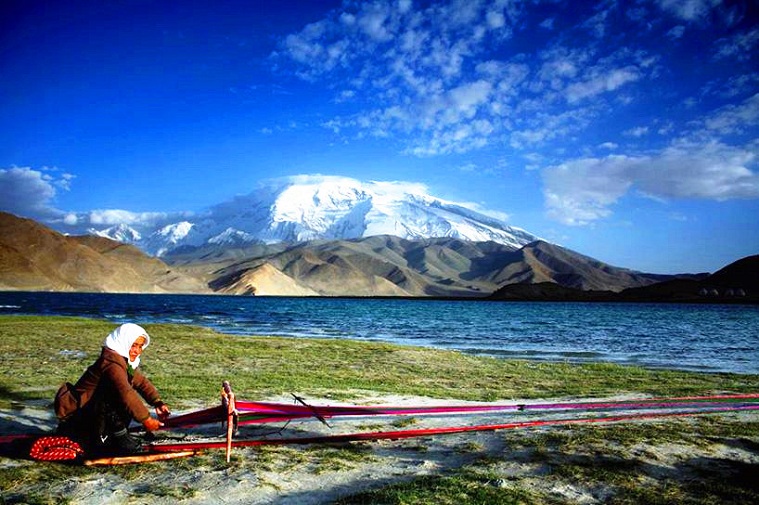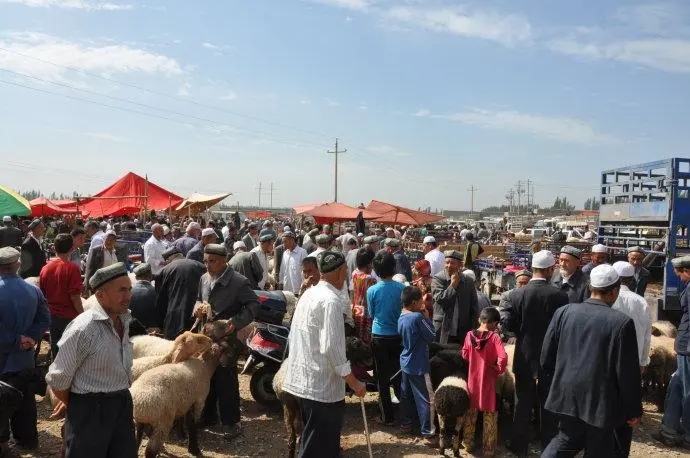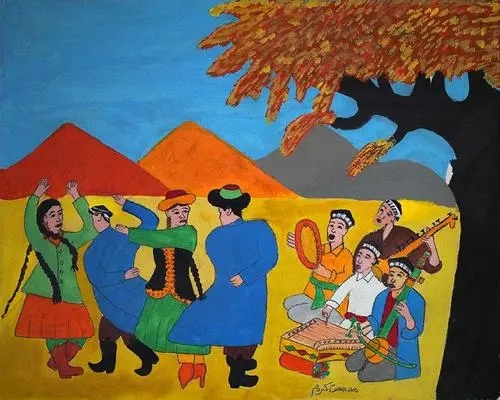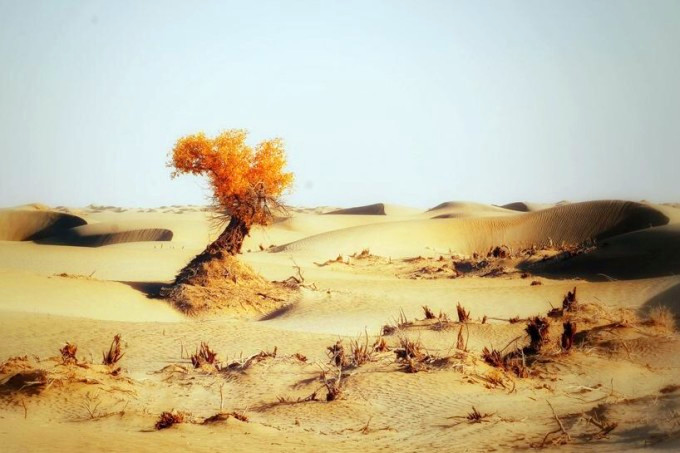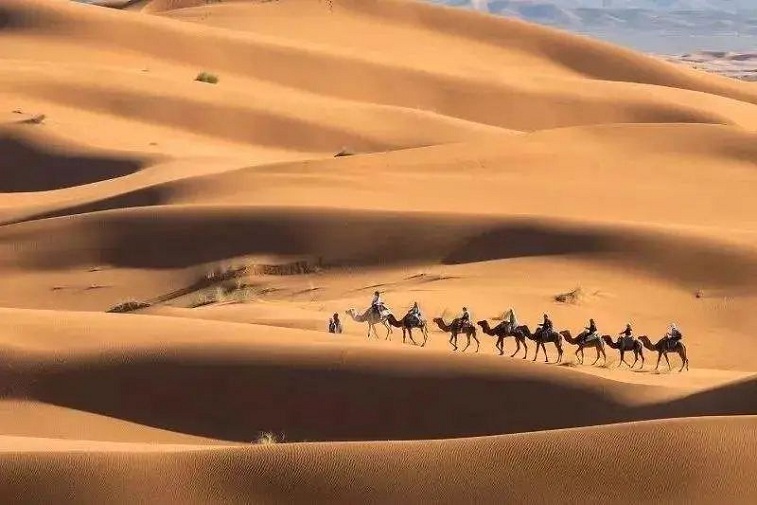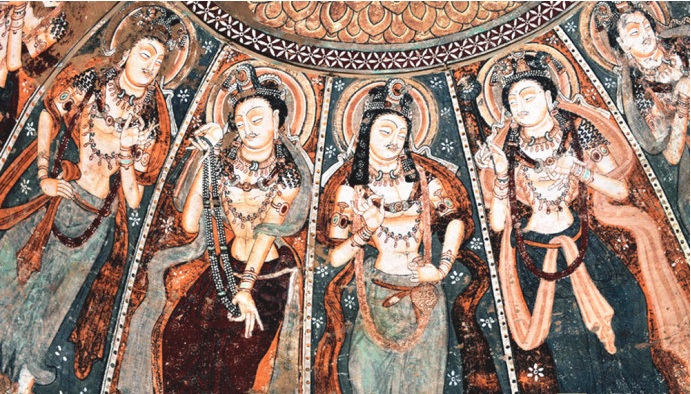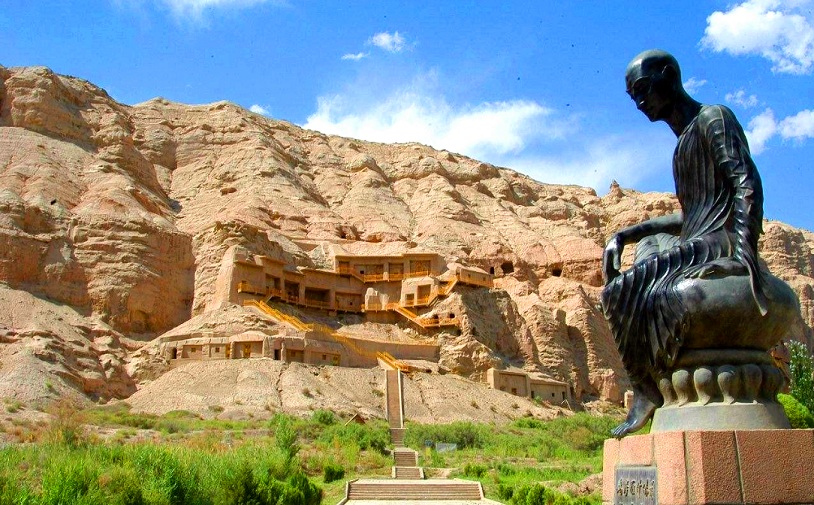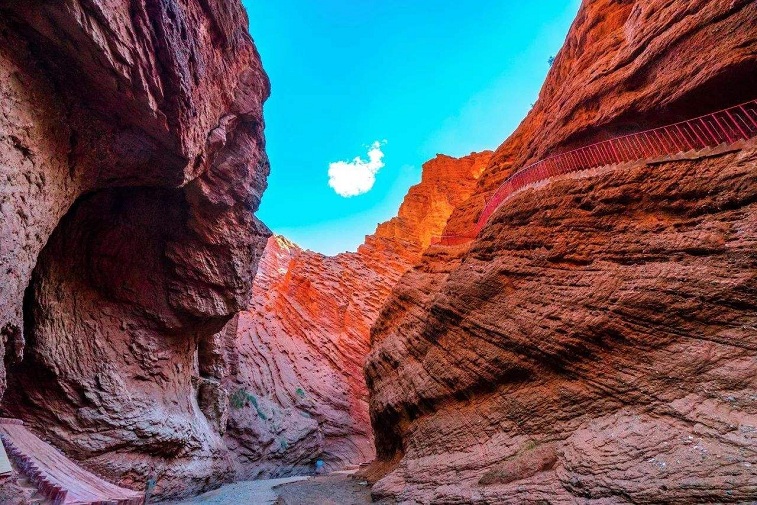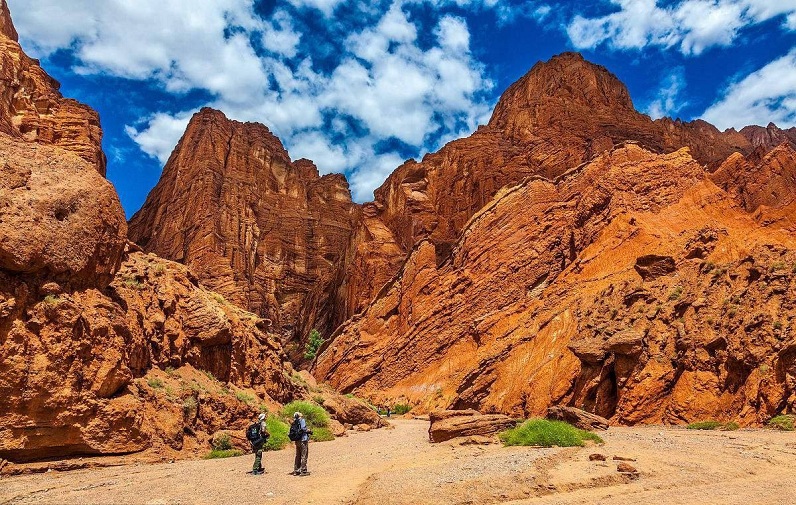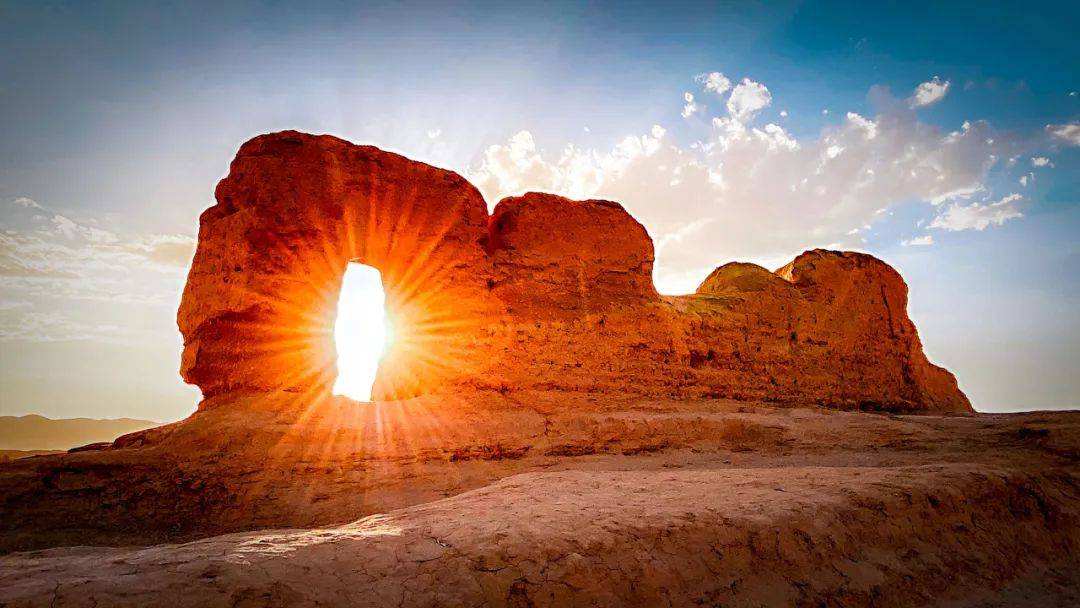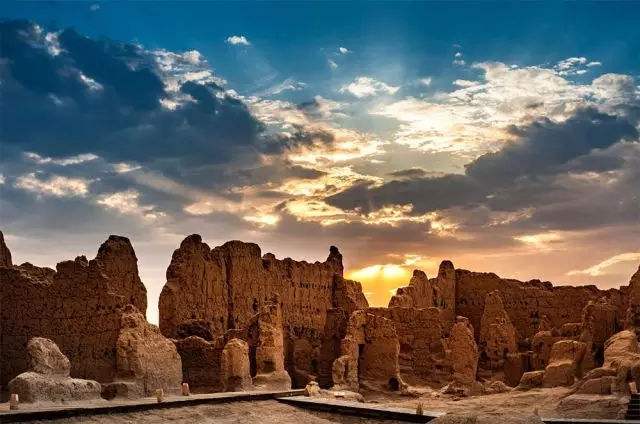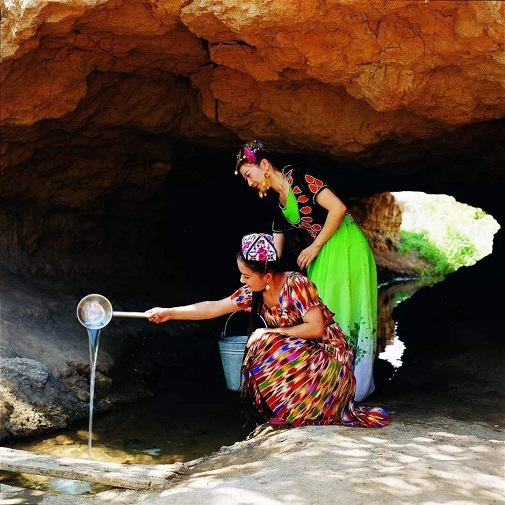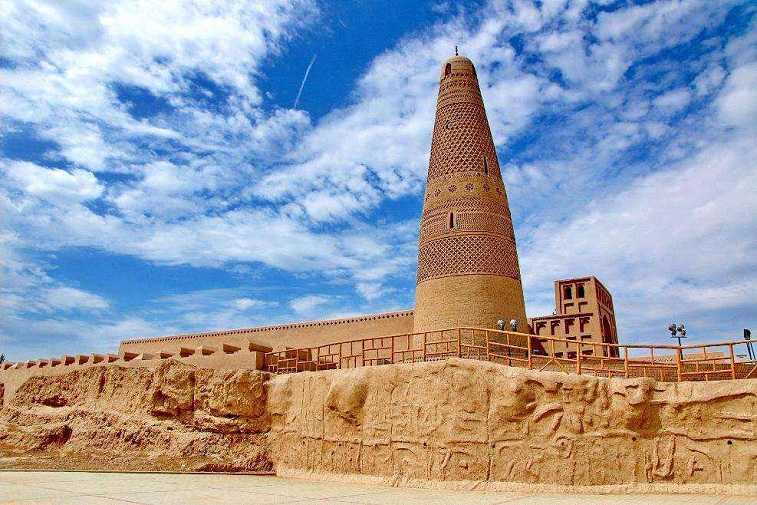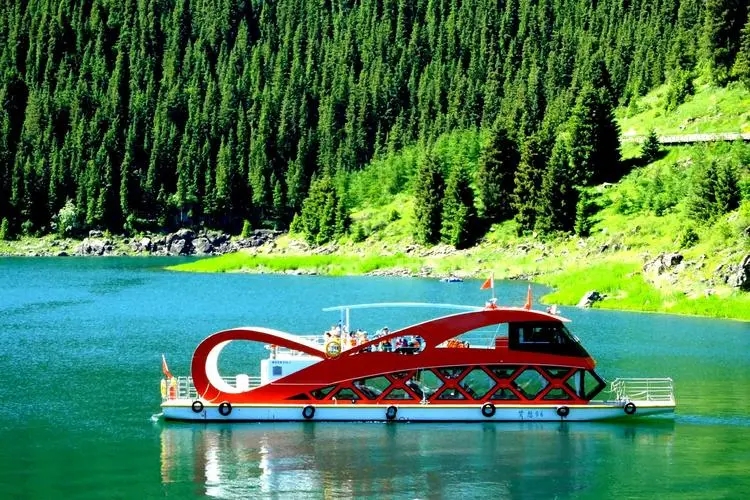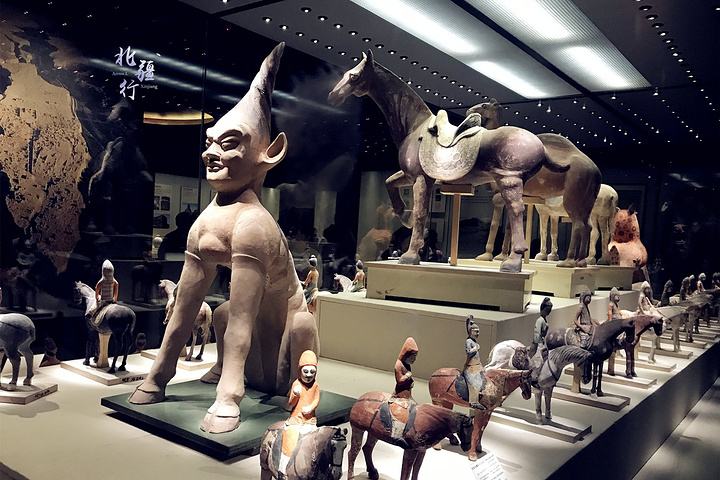Full day sightseeing in Turpan. A must and first visit is the oldest Uighur village Tuyoq Village located in the very center of Flaming Mountain Canyon. Tuyoq Valley is a tourist area with both natural scenery and cultural relics, which is also the most mysterious place in western China, Turpan City, Xinjiang Province, about 55 kilometers to the east of Turpan City. This is the cultural land of the four major civilizations in the world. Various religious cultures such as Islam, Buddhism, Manichaeism and Nestorianism collide and gather here. The scenery of the desert canyon and the ancient Uighur villages complement each other. The Thousand Buddha Caves in Tuyoq Valley is the earliest and largest excavation in Turpan area; and the Mazaar ancient village, known as the "living fossil of folk customs of traditional Uighurs".
Following a lunch in the restaurant, we will drive all the way of 1hr to Sugong Minaret, the largest Islamic minaret in China built in 1778 by Sulaiman that is the ruler and leader of Turpan to commemorate and commend his father's achievements of the reunion of Xinjiang. This famous and the largest existing ancient minaret in Xinjiang, Sugong Minaret, is the product of a historical event, and is an exquisite national architectural art treasure on the Silk Road in the Western Regions.
In the afternoon we will also pay a visit to discover the brilliant project of Karez System. Together with the Great Wall and Beijing-Hangzhou Grand Canal, the Karez System is regarded as one of China's Three Greatest Ancient Projects. It is a special kind of irrigation system consisting of vertical wells, underground canals, ground canals and waterlogging pond. The vertically dug wells are linked together to channel the water which occurs during summer rain season, or is melted from snow mountains of Tianshan range to desired farmlands in the desert area. Thereafter, we will drive all the way to Urumqi, passing by the wind power station which is the largest one in Asia spreading at the foot of Tianshan Mountain.
Traffic: Car (200kms)
Hotel: Overnight in Urumqi
Meals: Breakfast
Altitude: 836m





























